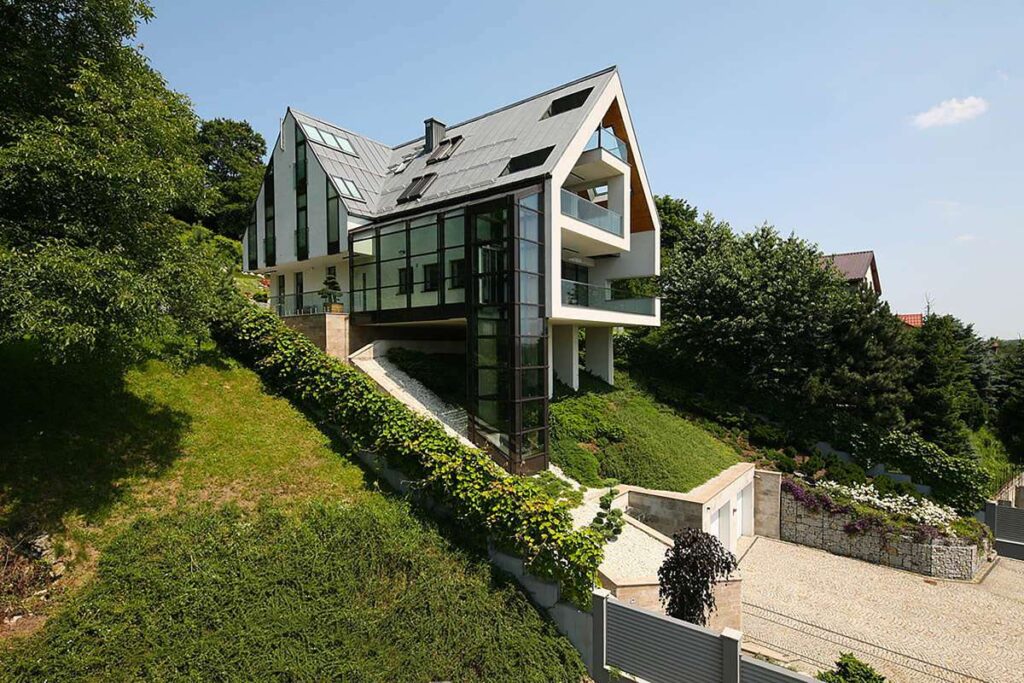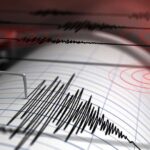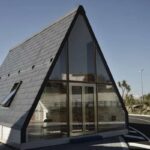People who stay in an earthquake prone area might do well to make investments in earthquake-proofing of their houses.
The process starts with the construction of the house.
Traditionally, people in earthquake prone areas used to build homes using lighter materials, and, also materials which could be reused, e.g. wood. The advantage with wood is: being lighter – it does not cause heavy damage – when it falls on the residents, and, secondly, most of the wood can be salvaged from the debris, and, reused. This reduces the cost of rebuilding.
However, during the last several decades, due to change in construction technology, people are going in for concrete structures – specially designed to withstand earthquakes or other seismic activities. The choice of concrete over wood is gaining ground, because: if the structure is well-designed to withstand earthquakes, it would not get damaged. So, there is “no” cost of rebuilding, and, there is no damage due to falling material. However, the cost of construction would be high. Since people build houses for long-term, and, earthquakes have a certain degree of predictability in long period, there is an increasing acceptance to the idea of this investment.
Some simple thumb rules to follow for constructing a house in an area prone to earthquake:
1. The entire construction should be a single monolithic structure, so that the whole structure can move as a whole
2. To the extent possible, material used should be something that has been available locally. This would allow very little differential in the movement of your building vis-à-vis the material over which the house sits – thus reducing the chances of sinking
3. Minimum use of glass in building facades. These decorative pieces could be deadly, during an earthquake. Glass being very brittle, even a minor twist in the structure could cause breakage. And, glass being very heavy and injurious could cause severe damage.
4. 
5. Doors and windows should have fasteners, so that they can be fastened. If the doors and windows are not fastened, they might cause any of the following situations:
○ Swaying/banging of doors and windows against the frame could damage your limbs/fingers/toes etc.
○ The doors might get “stuck” due to damaged/misaligned frame – making it difficult for you to run out, or, for the rescue teams to reach you.
6. Consult a good structural engineer to ensure that the structure is strong enough to withstand seismic activities


